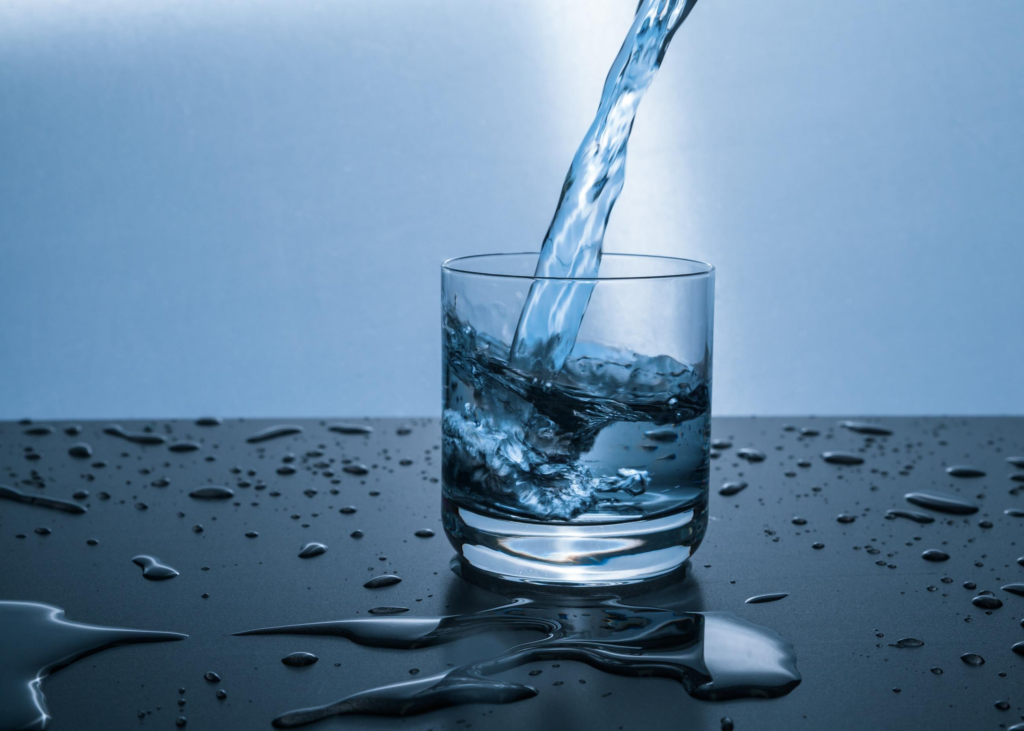water Introduction
Key Notes :

What is Water?
- Water is a transparent, tasteless, odorless, and colorless liquid that is essential for all forms of life.
- It is a compound made up of two hydrogen atoms bonded to one oxygen atom (H₂O).
Importance of Water
- Water is vital for life and is used in various biological processes such as digestion, photosynthesis, and temperature regulation.
- Humans, animals, and plants depend on water for survival, growth, and reproduction.
- It helps in cleaning, cooking, and industrial processes.
Forms of Water
- Liquid Water: Found in rivers, lakes, oceans, and in the atmosphere as rain.
- Solid Water (Ice): Found in glaciers, polar ice caps, and snow.
- Water Vapor (Gas): Exists in the air as moisture or humidity, forming clouds and rain.
The Water Cycle
- Evaporation: Water from rivers, lakes, and oceans turns into vapor and rises into the atmosphere.
- Condensation: Water vapor cools and forms clouds.
- Precipitation: Water falls from the clouds as rain, snow, or hail.
- Collection: Water collects in bodies of water like rivers, lakes, and oceans.
Water on Earth
- About 71% of Earth’s surface is covered with water, but only 3% of the Earth’s water is fresh, and less than 1% is easily accessible for human use.
- The majority of Earth’s water is saltwater in the oceans.
Uses of Water
- Drinking: Essential for hydration and maintaining bodily functions.
- Agriculture: Used for irrigation to grow crops.
- Industry: Water is used in manufacturing, cooling systems, and for cleaning purposes.
- Domestic Use: Water is needed for cooking, bathing, cleaning, and other household activities.
Let’s practice!

